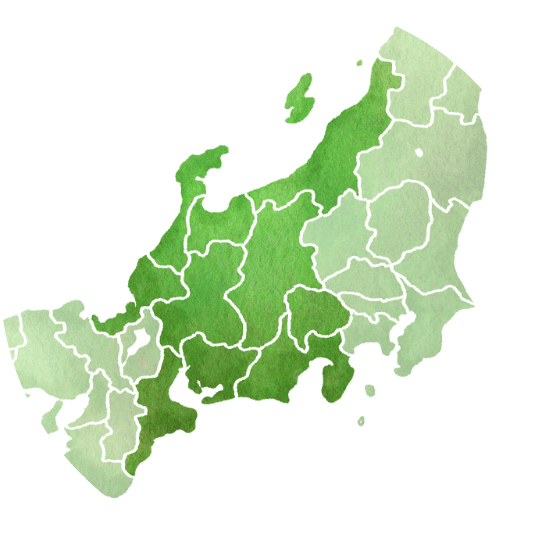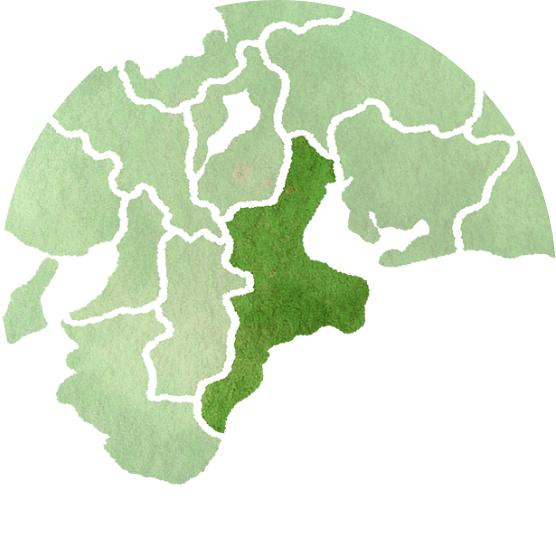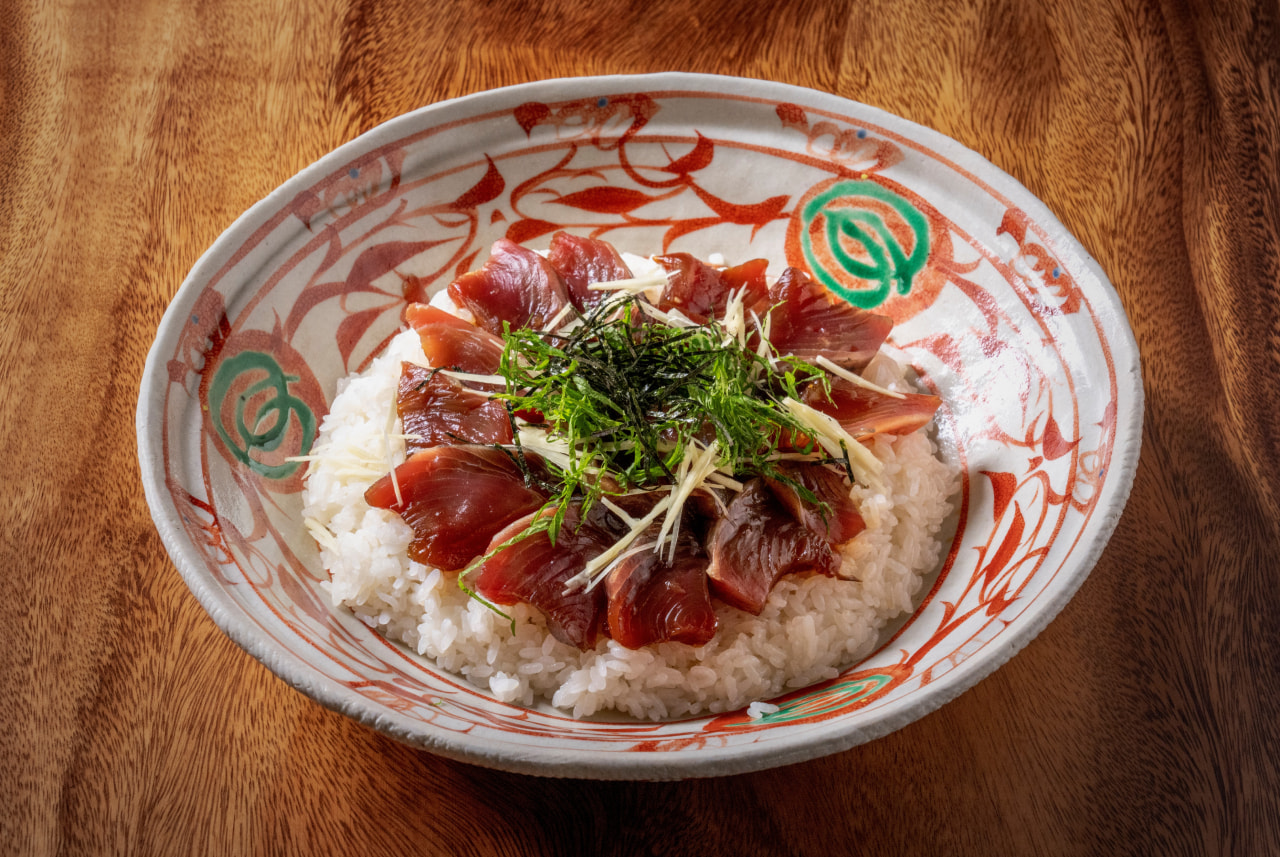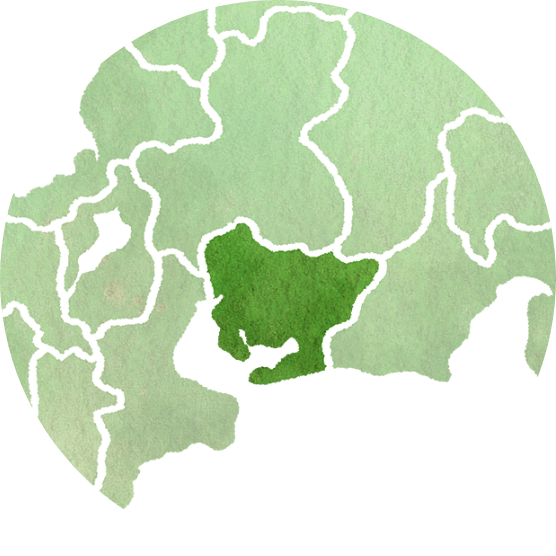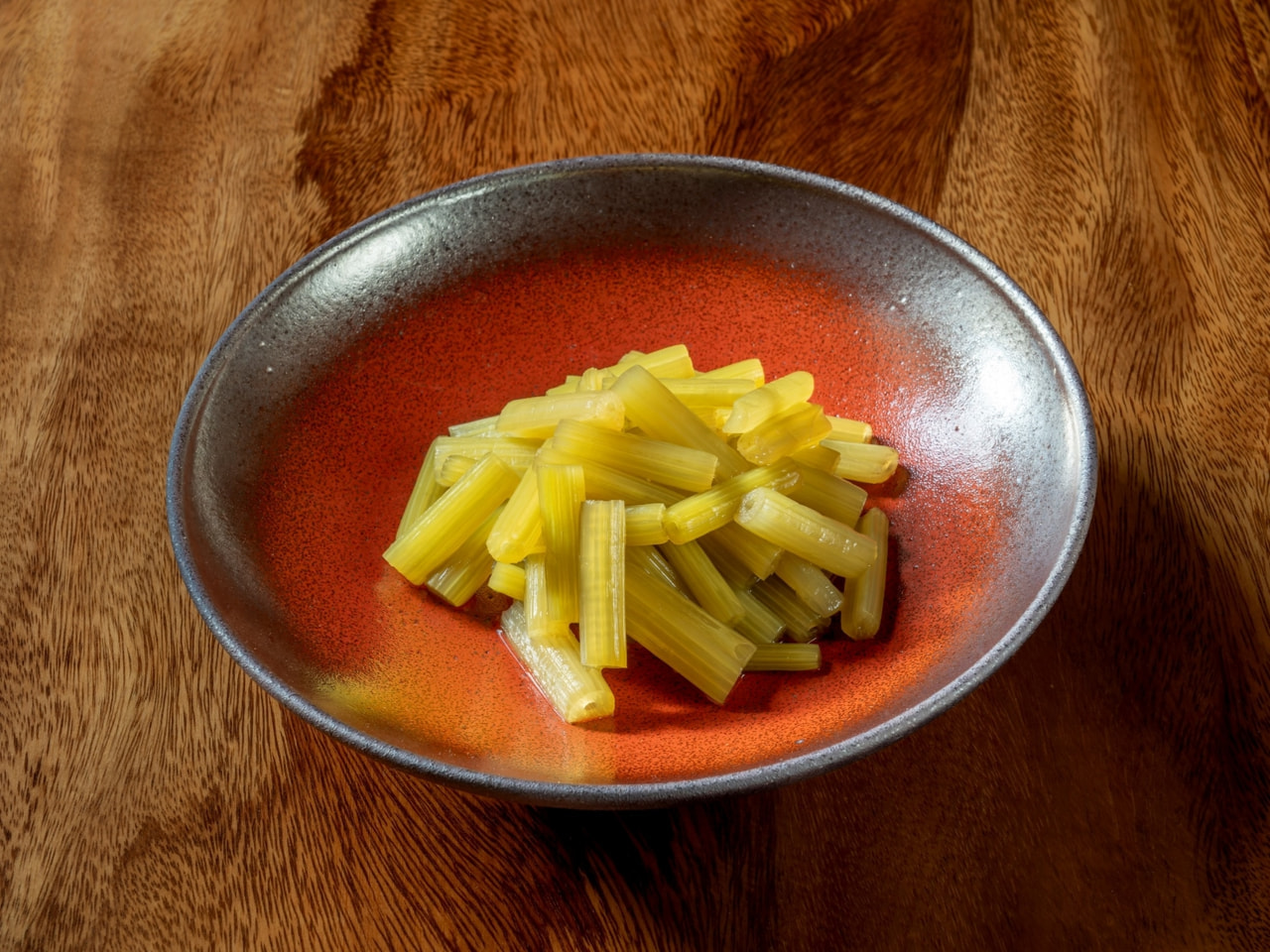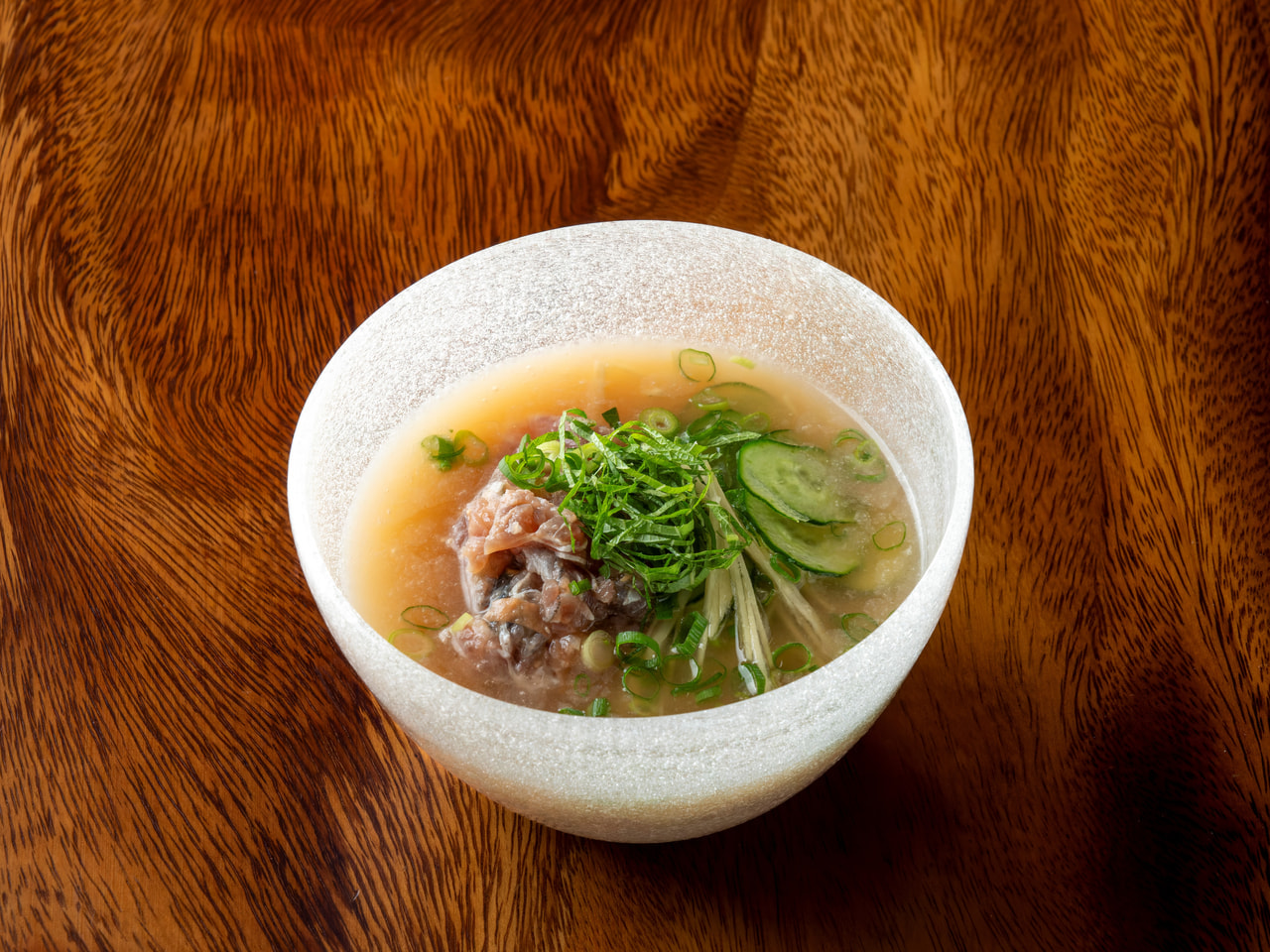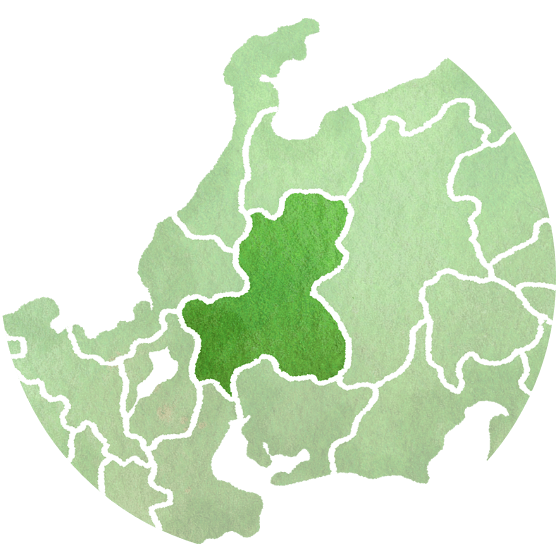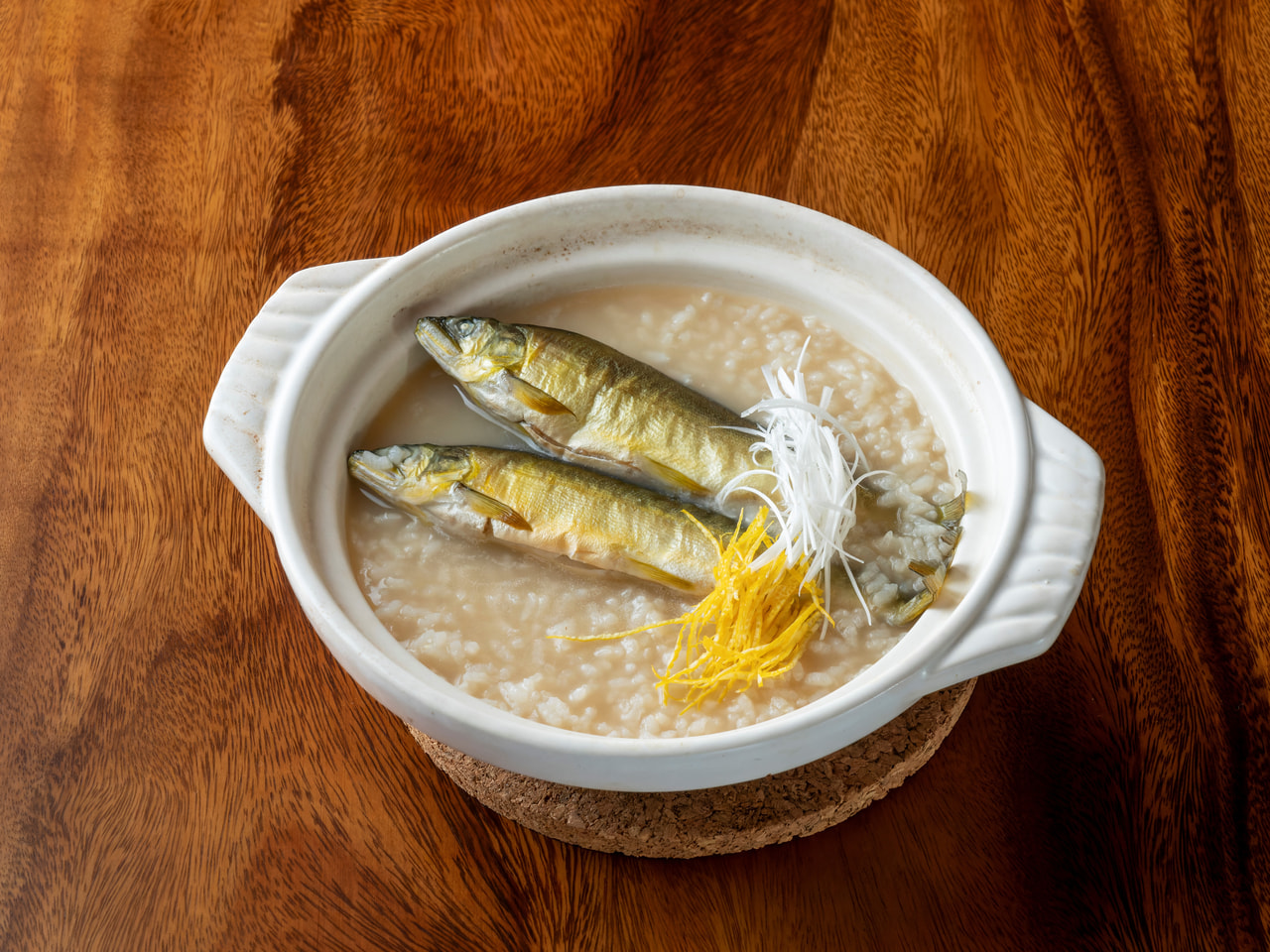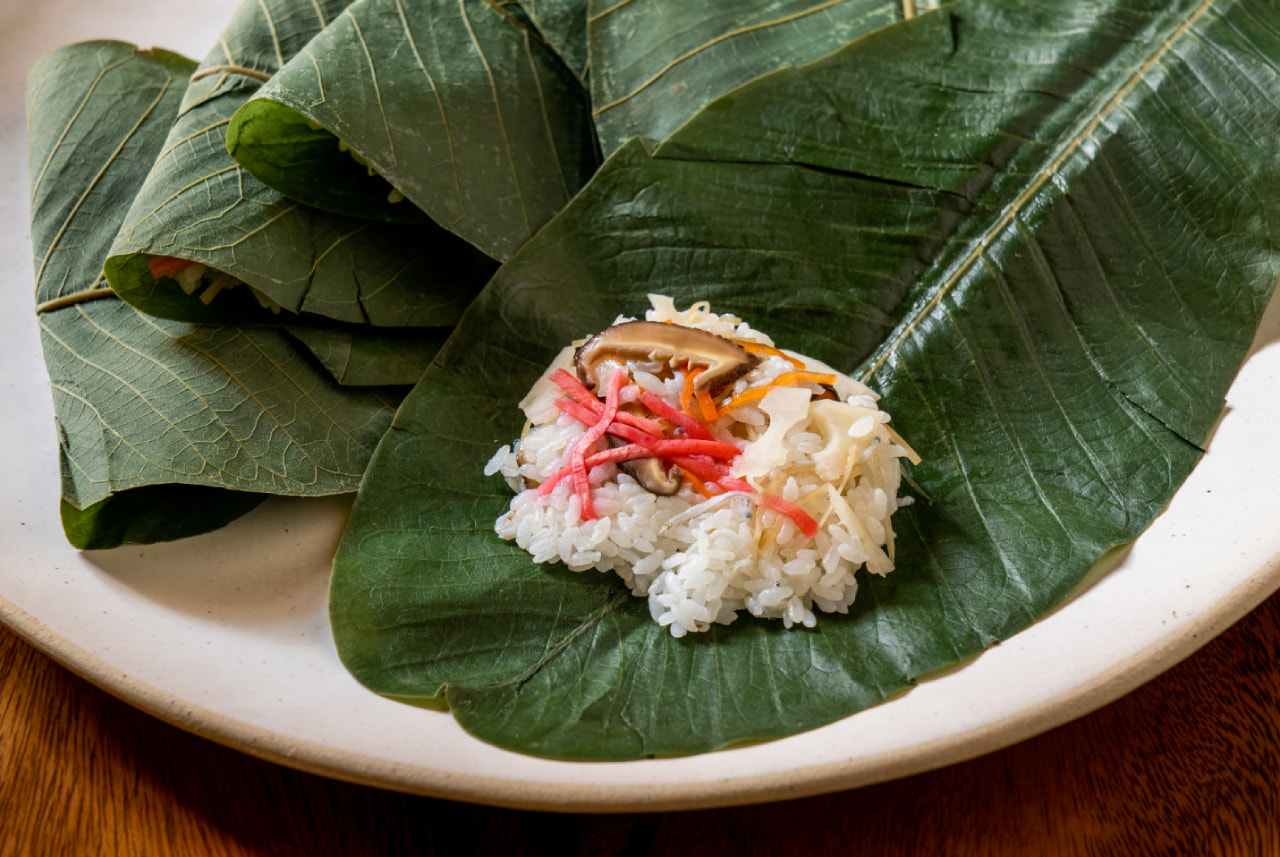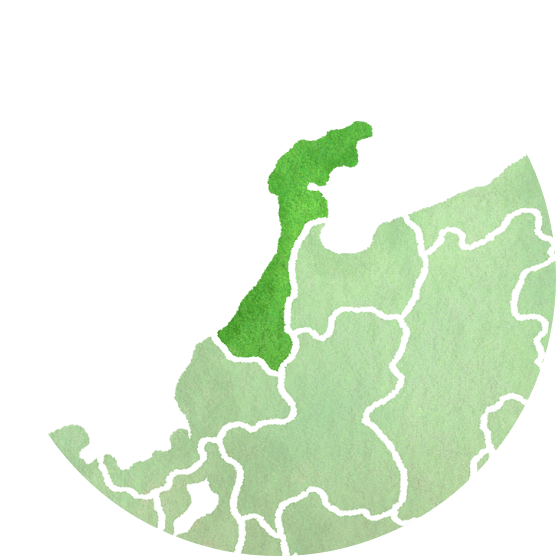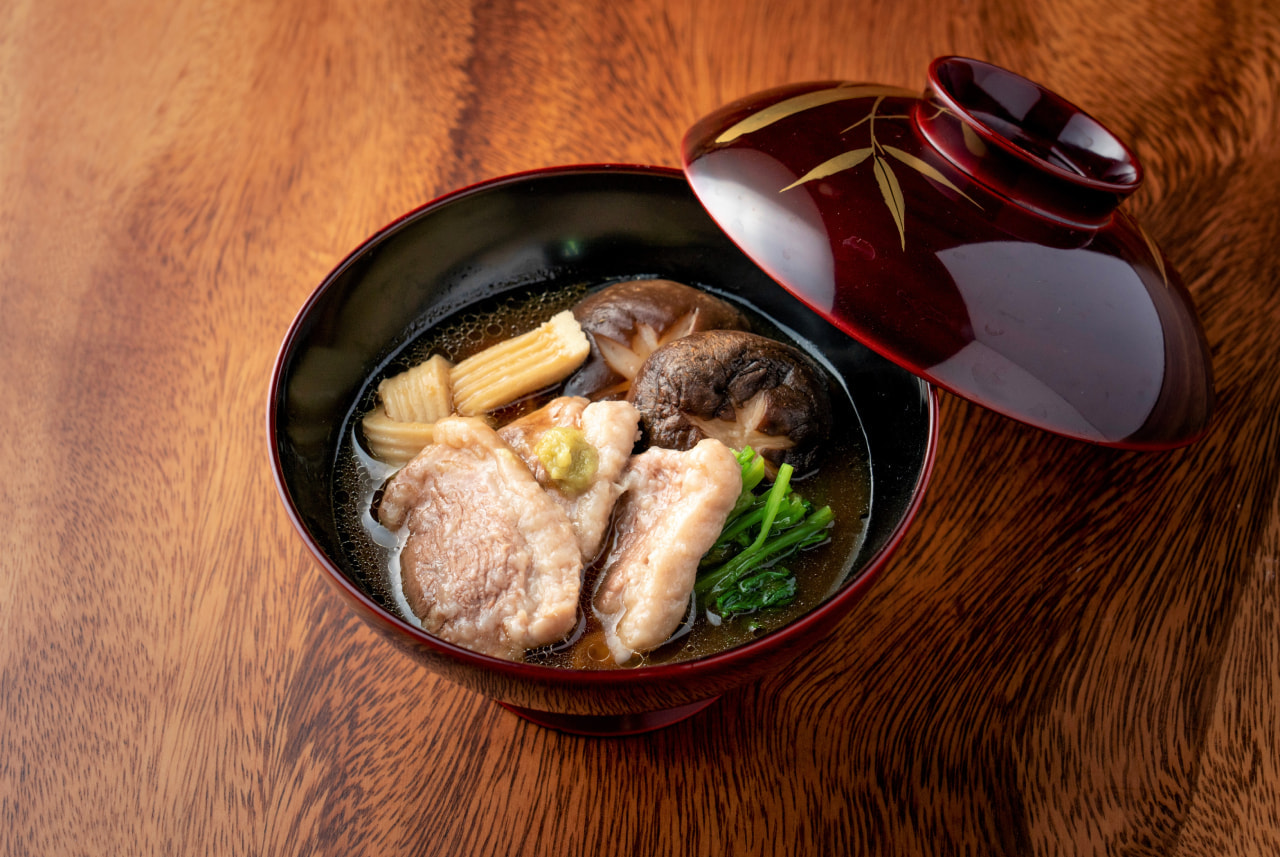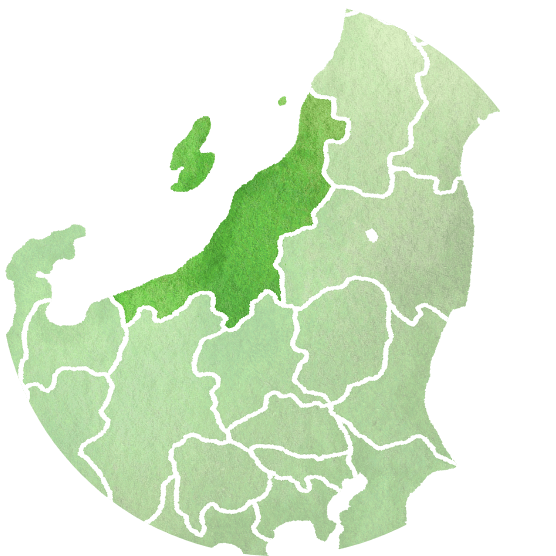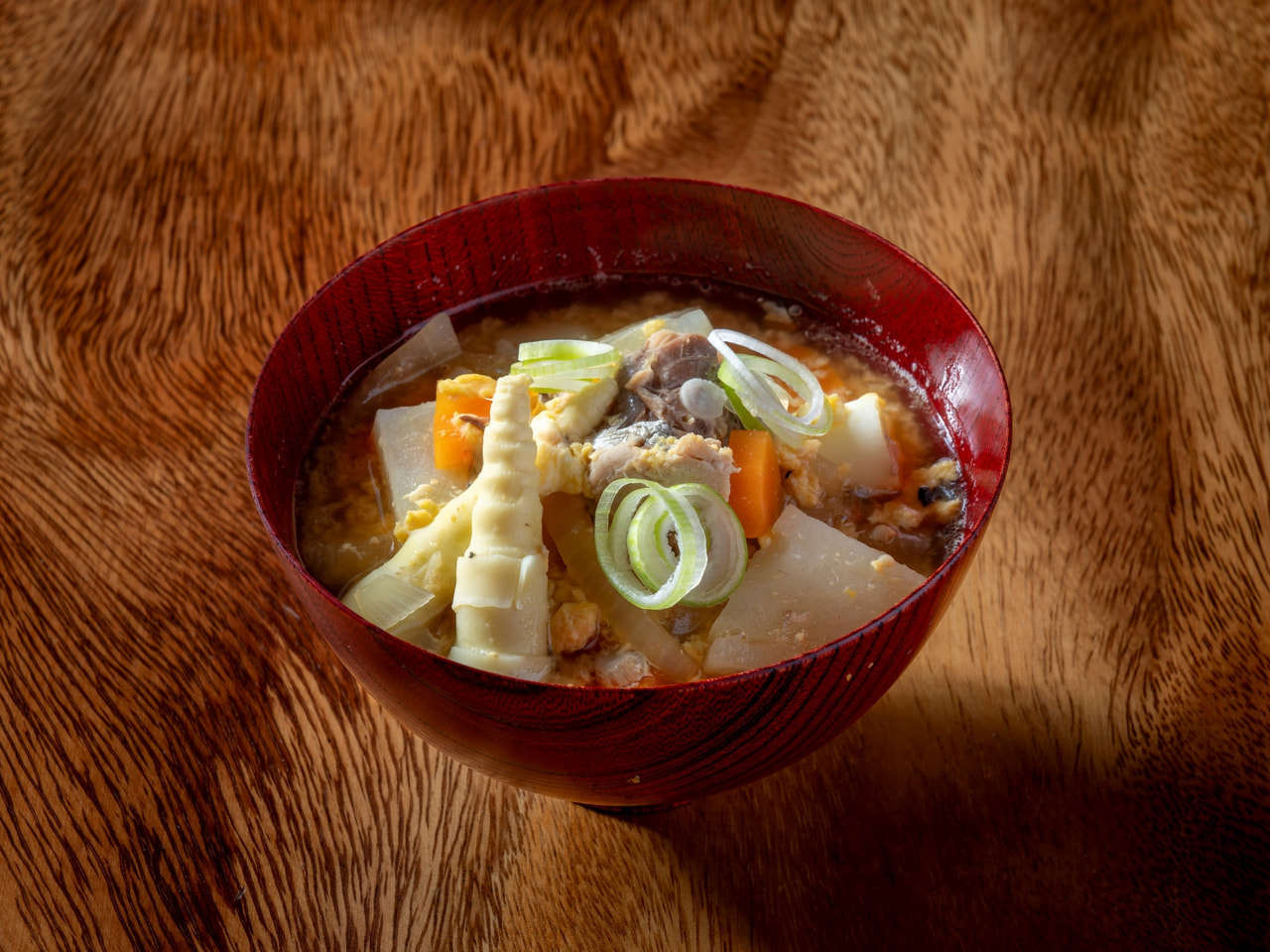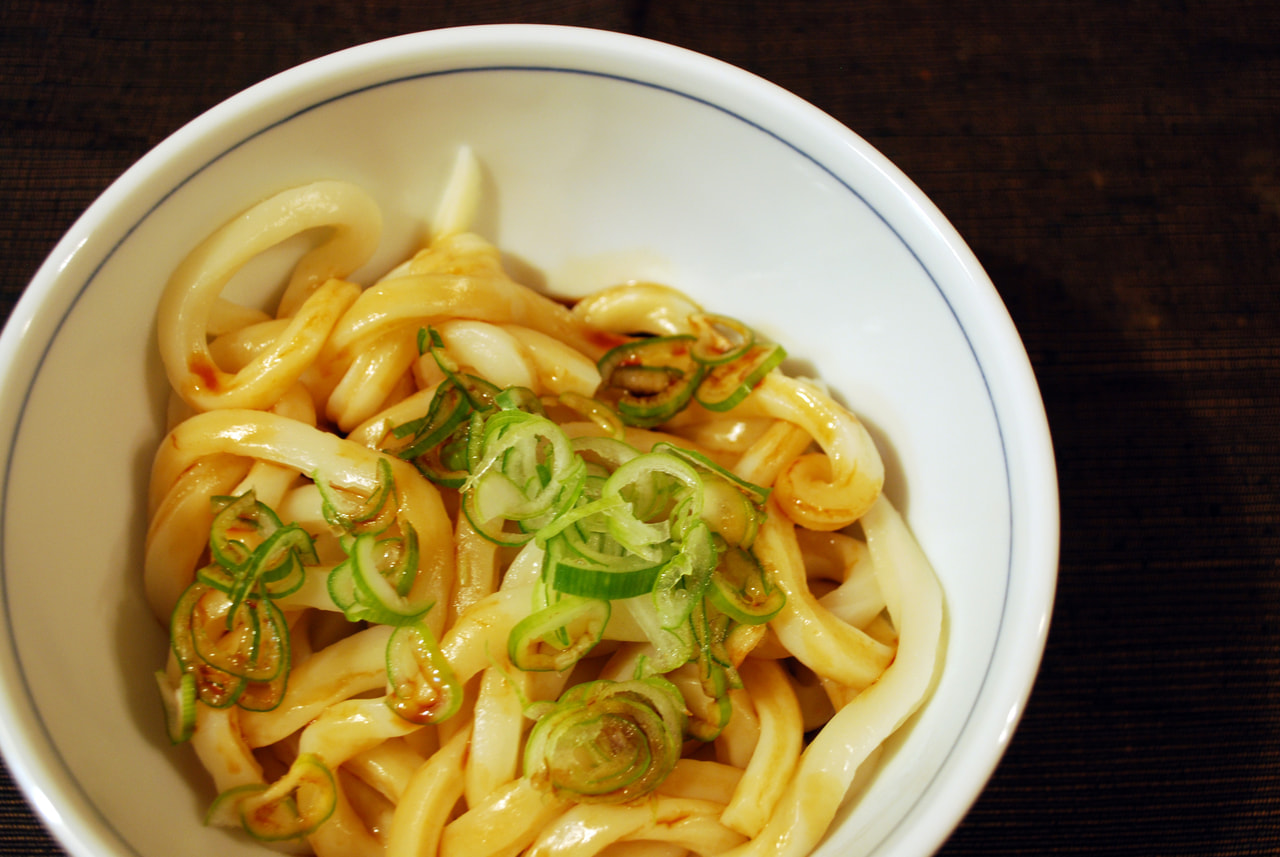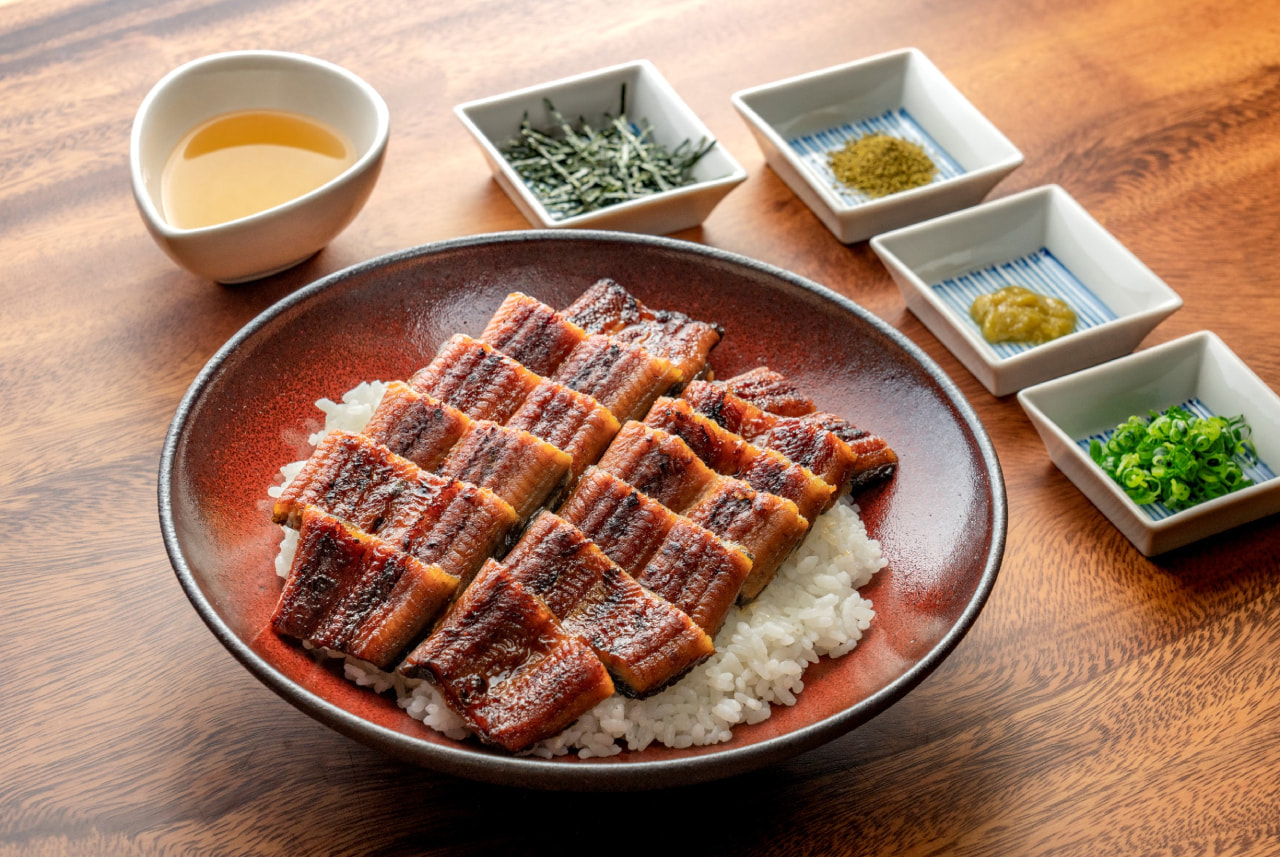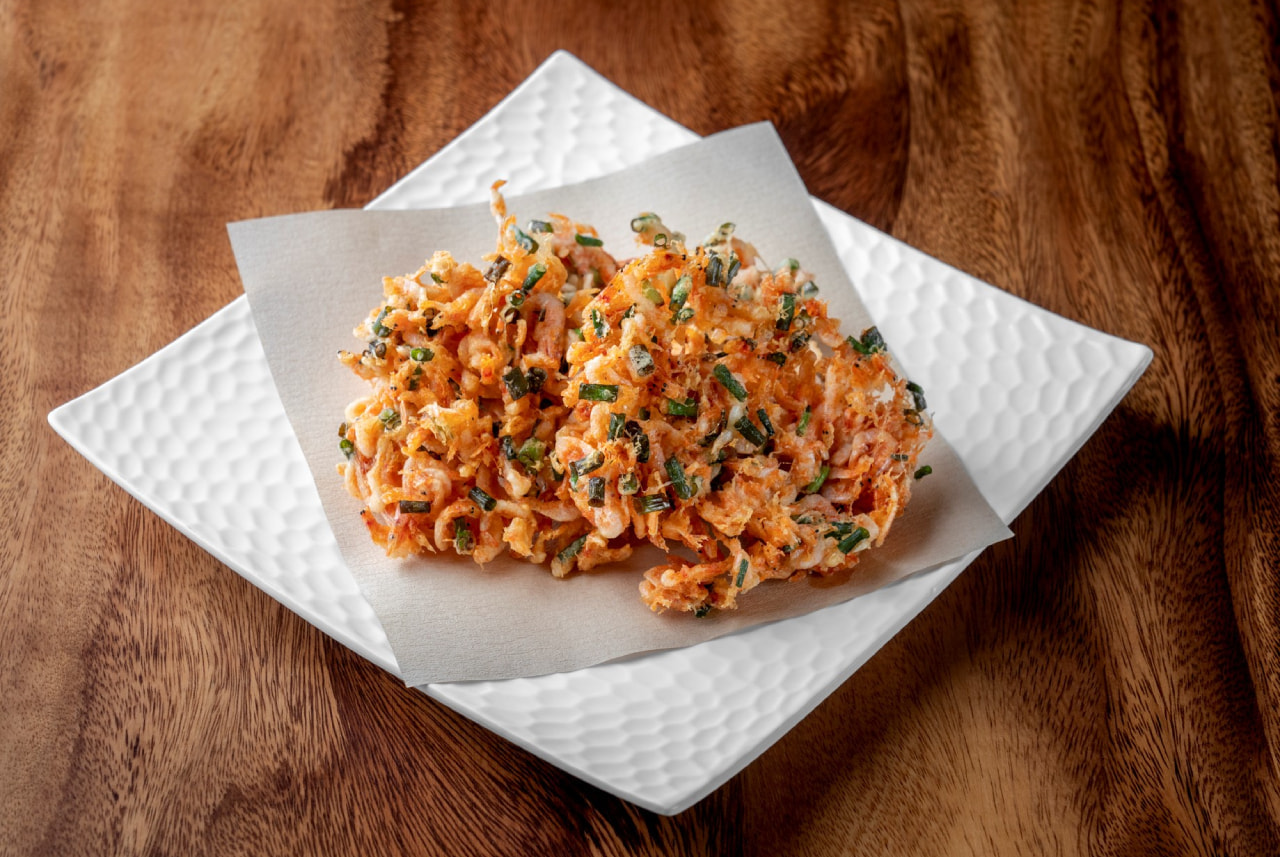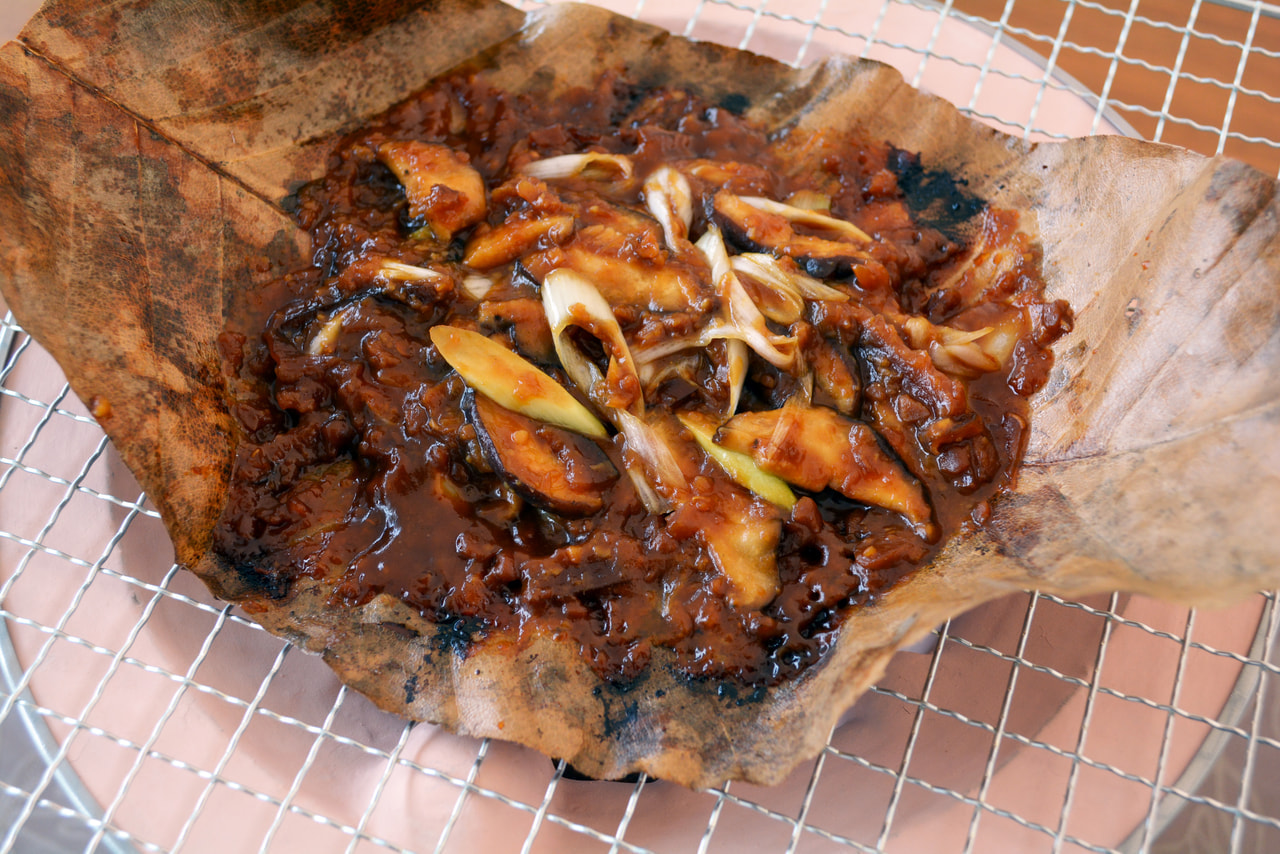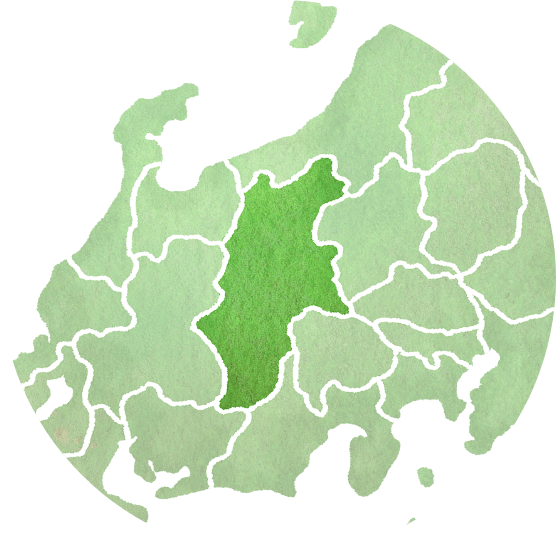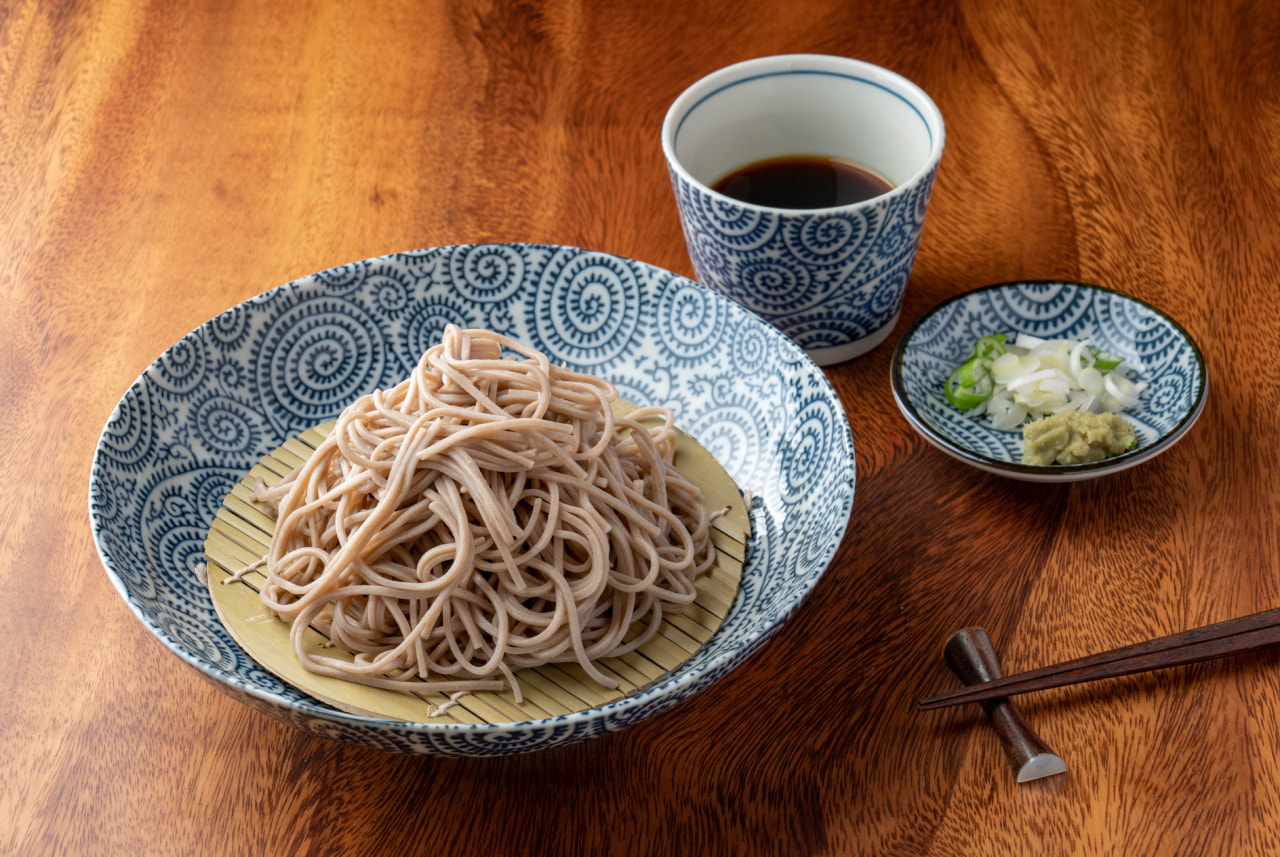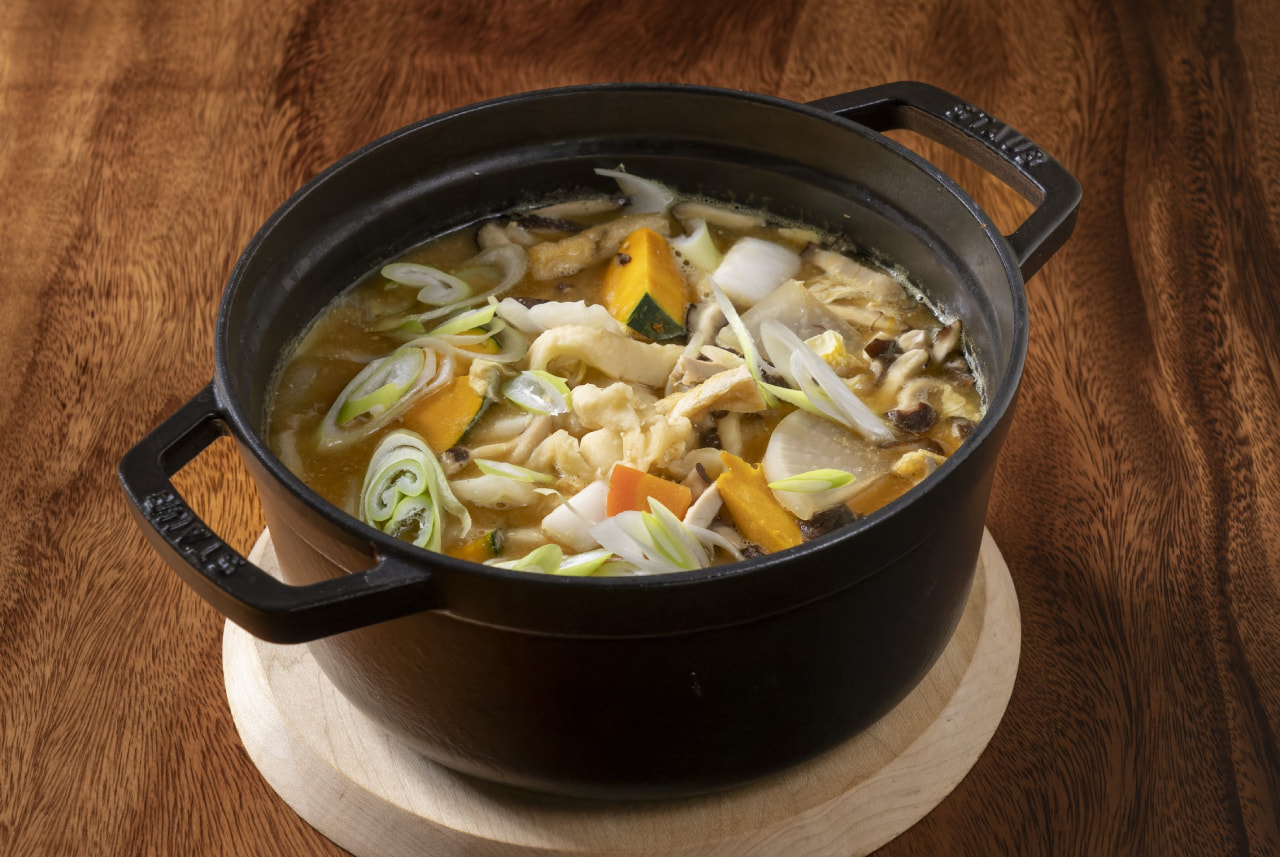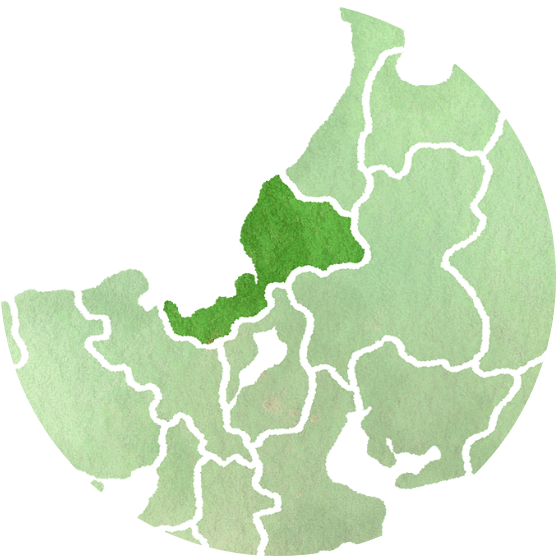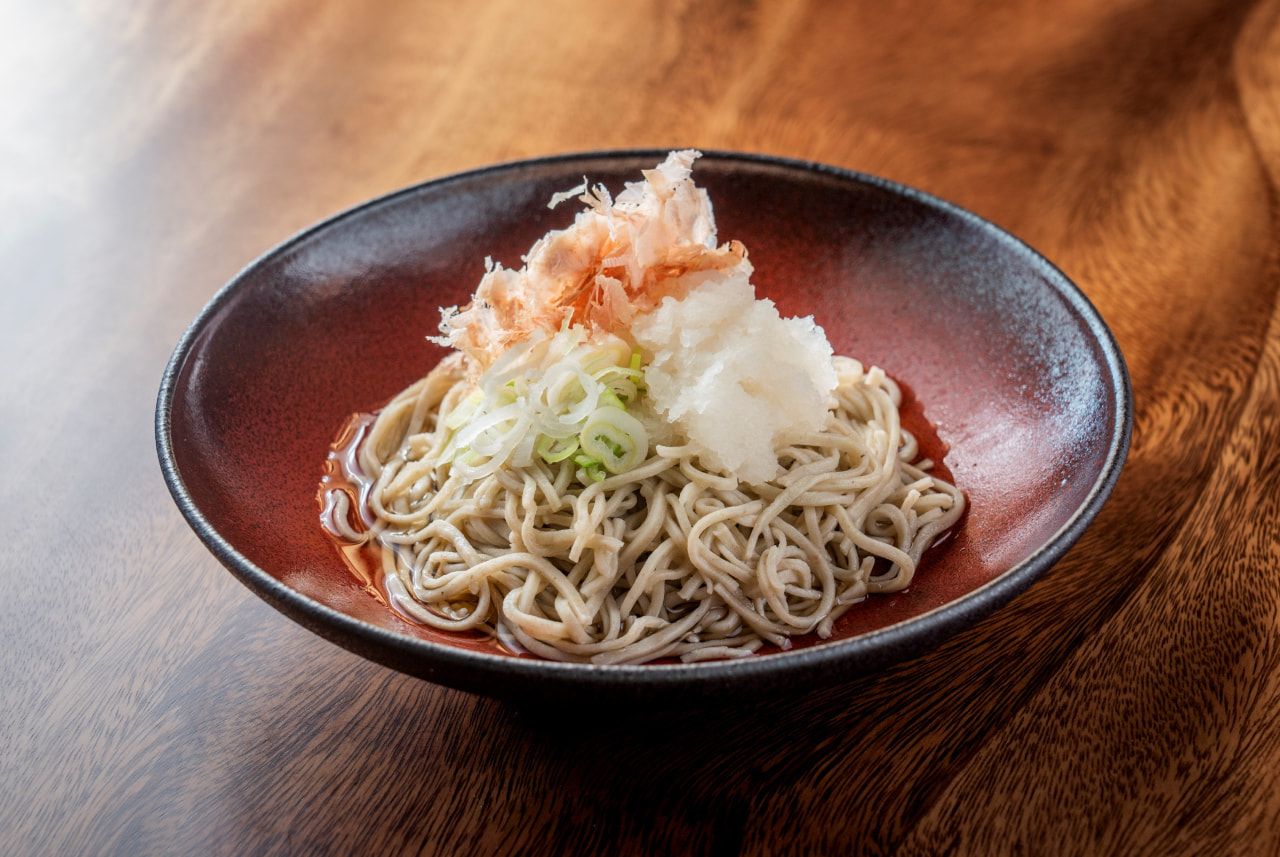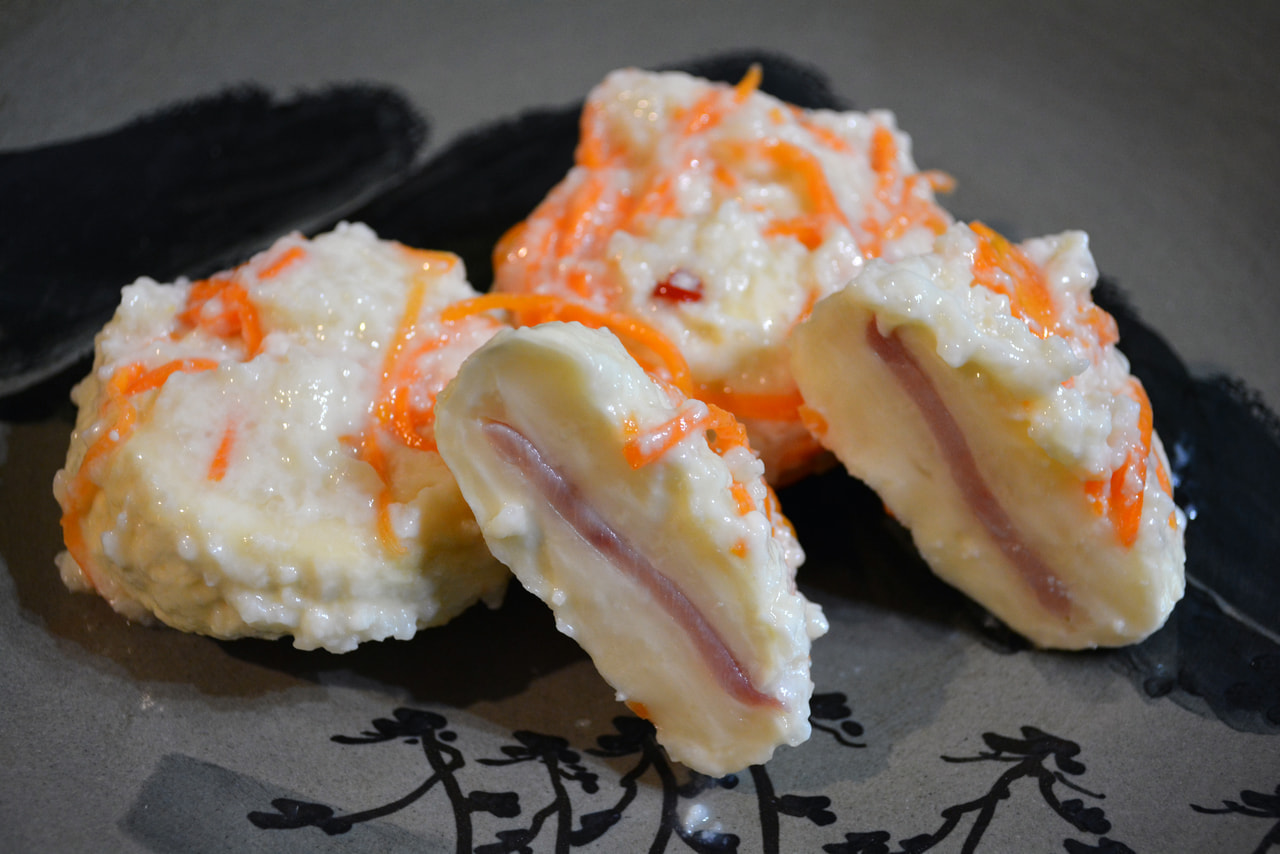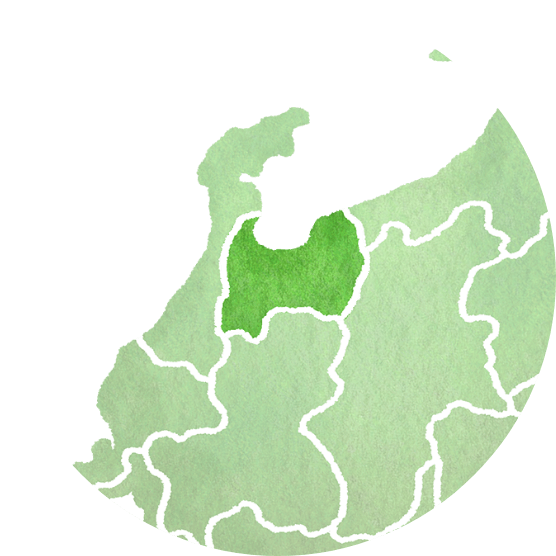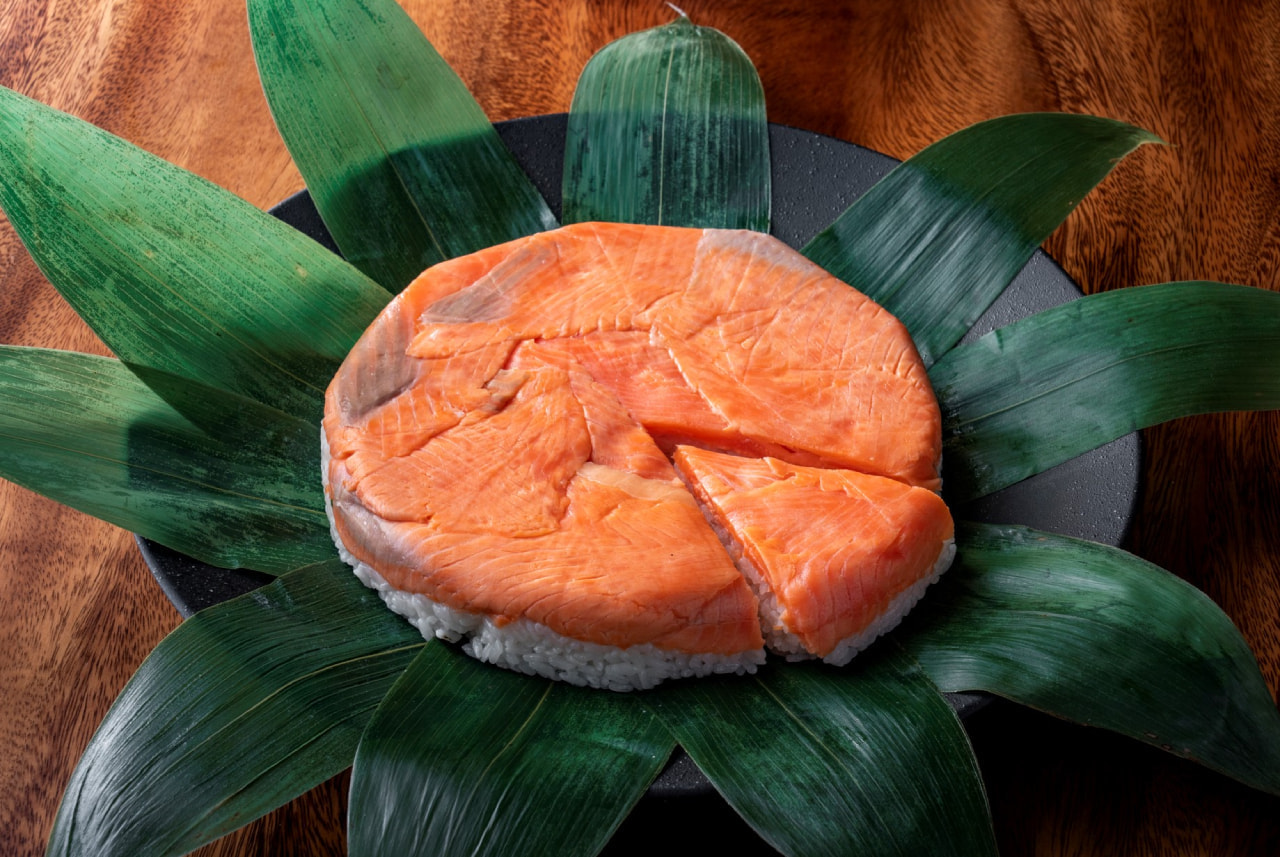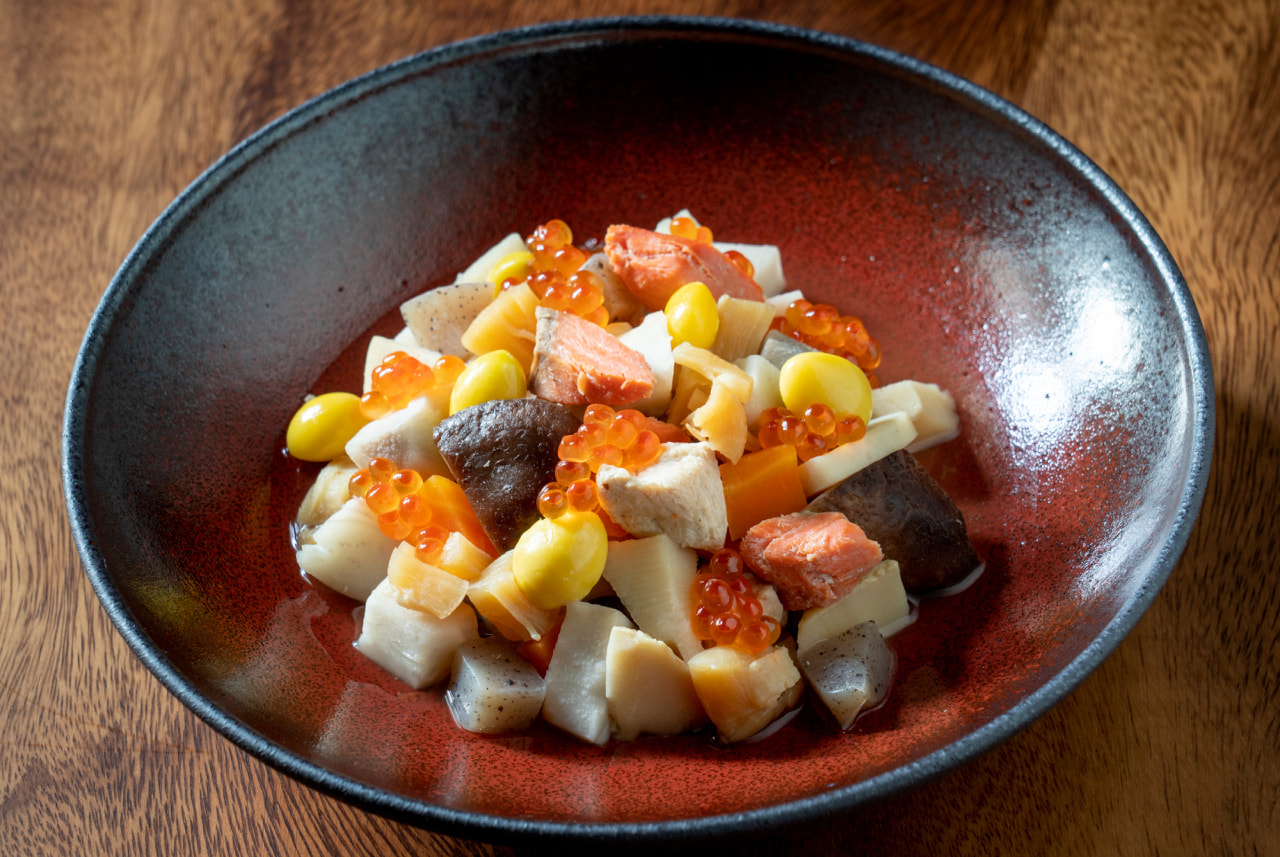Hooba zushi
Hooba zushi is a typical summer dish, made from vinegared rice wrapped in the leaves of the Japanese big leaf magnolia tree. It was traditionally enjoyed by farmers as a feast during their rest after planting rice.
The best time to enjoy the color and aroma of magnolia leaves is between May and August, which is considered the Hooba zushi season. During this time, it has graced the tables of many households. Additionally, magnolia leaves have strong antibacterial, sterilizing, and fungicidal properties, making them especially useful during the hot and humid rice planting season, when vinegared rice is prone to spoilage.
The ingredients used for Hooba zushi vary by region. For example, in the Touno region, seven or eight colorful ingredients are placed on the vinegared rice before wrapping, such as sweet saddle river fish, mackerel marinated in vinegar, egg, and kion (red ginger). In contrast, the Hida region prefers a light and refreshing taste, sometimes using only myoga and vinegared rice.
Today, Hooba zushi is served in schools, kindergartens, and community centers throughout the prefecture. Its rich umami flavor has made it a beloved local dish among residents.

